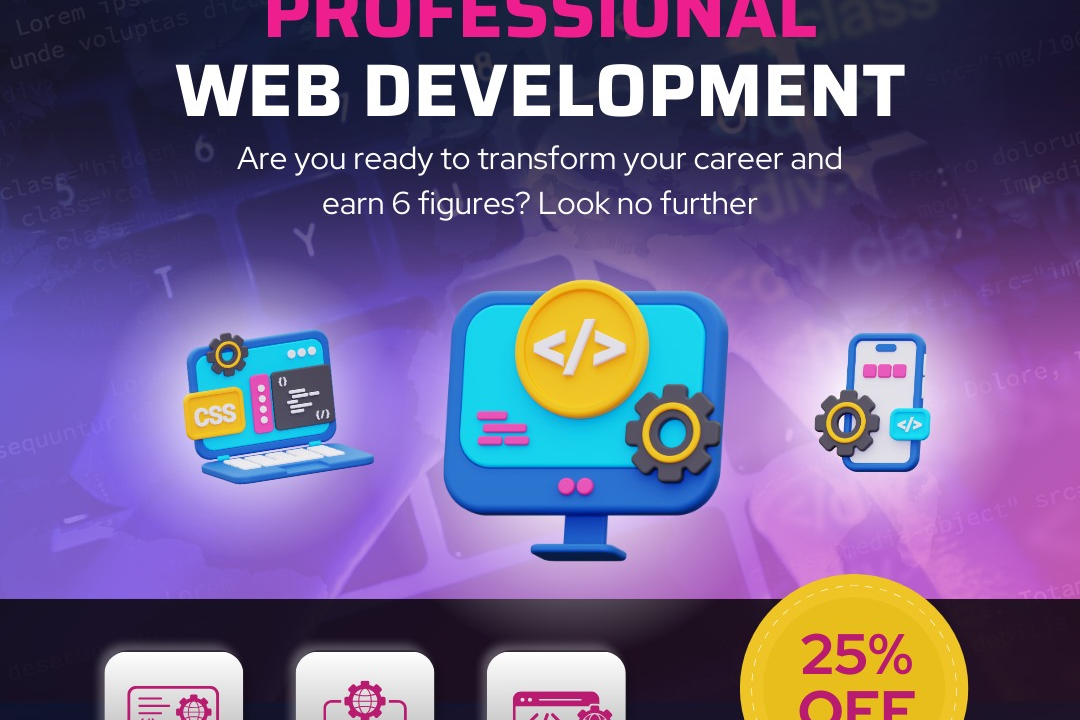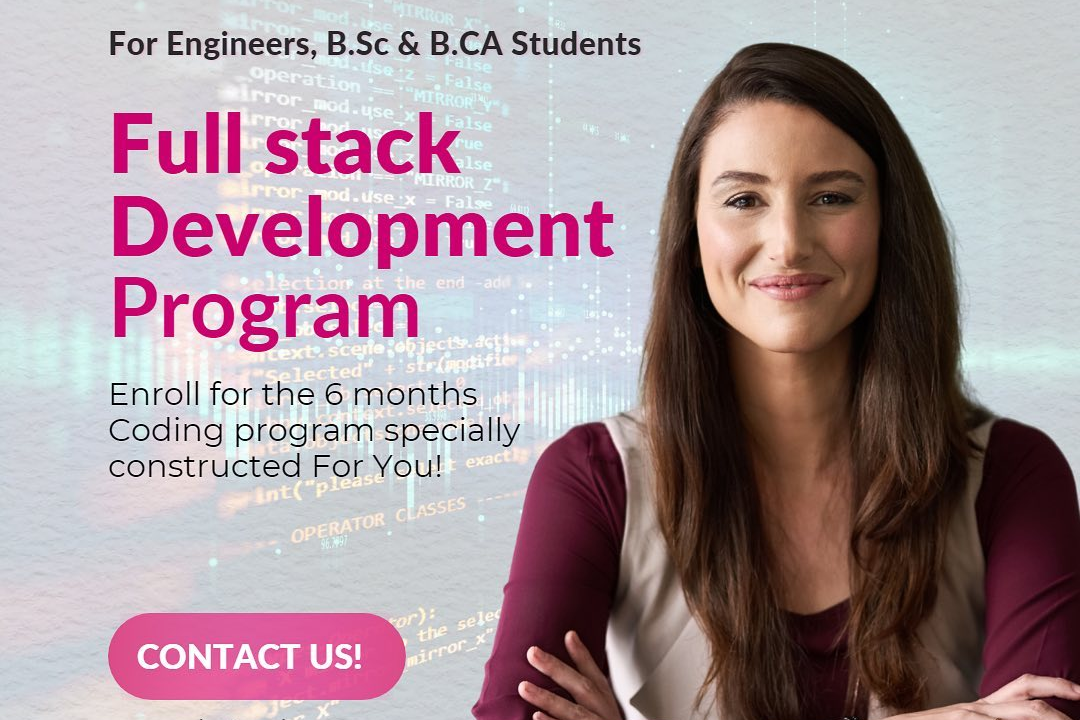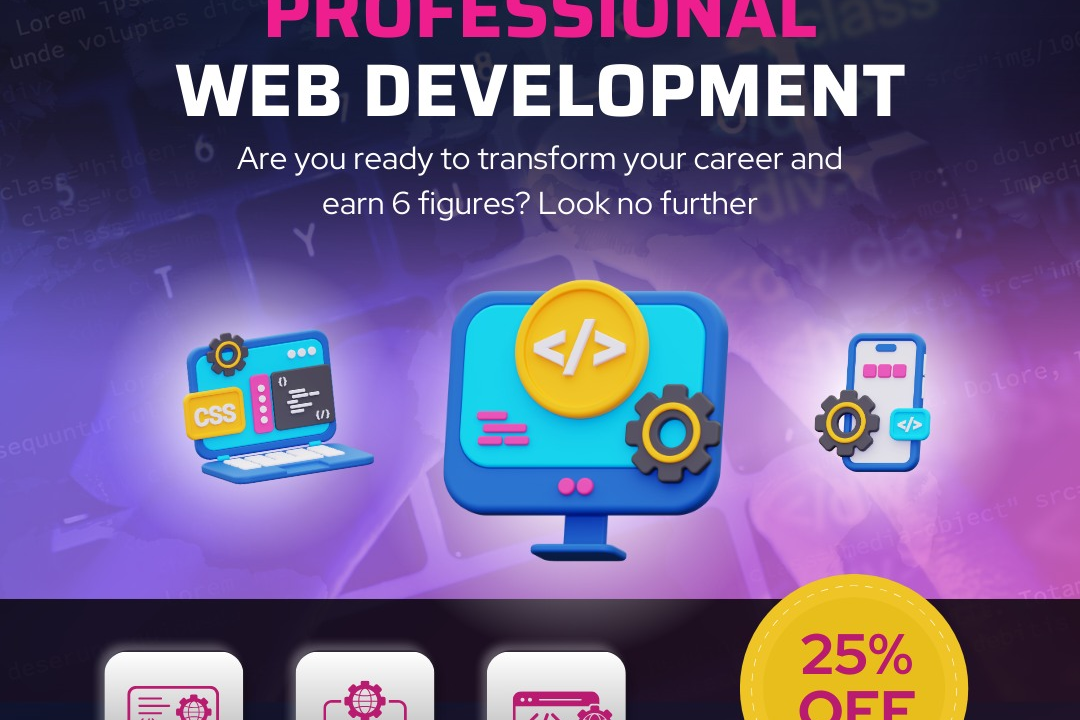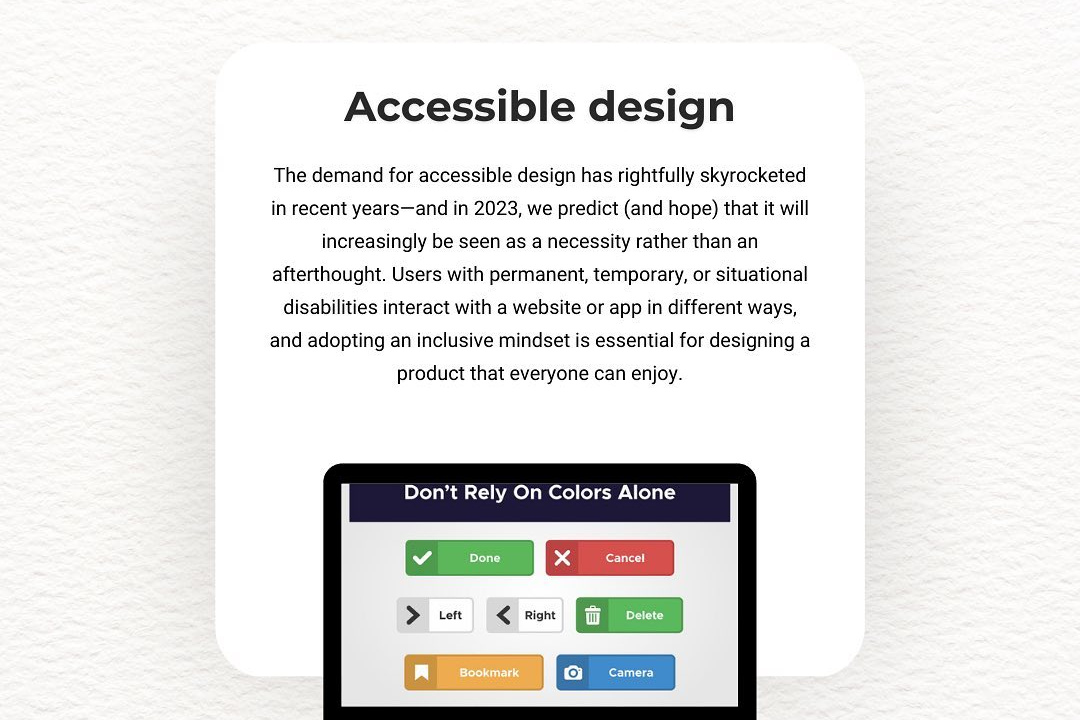dynamic programming and longest increasing subsequence PHP
Dynamic programming is an algorithmic technique that simplifies complex problems by breaking them do
dynamic programming and longest increasing subsequence PHP
Dynamic programming is a powerful algorithmic paradigm used to solve complex problems by breaking them into simpler overlapping subproblems, which can be solved independently and stored for future use. One practical application of dynamic programming is finding the Longest Increasing Subsequence (LIS) in a sequence of numbers. The LIS is crucial in fields such as data analysis, bioinformatics, and machine learning, as it helps in tasks like pattern recognition and trend analysis. In PHP, its implementation leverages arrays and efficient algorithms to significantly reduce computation time, making it a vital technique for optimizing performance when dealing with large datasets. This not only enhances efficiency but also improves the overall effectiveness of data-driven applications.
To Download Our Brochure: https://www.justacademy.co/download-brochure-for-free
Message us for more information: +91 9987184296
Dynamic programming is a powerful algorithmic paradigm used to solve complex problems by breaking them into simpler overlapping subproblems, which can be solved independently and stored for future use. One practical application of dynamic programming is finding the Longest Increasing Subsequence (LIS) in a sequence of numbers. The LIS is crucial in fields such as data analysis, bioinformatics, and machine learning, as it helps in tasks like pattern recognition and trend analysis. In PHP, its implementation leverages arrays and efficient algorithms to significantly reduce computation time, making it a vital technique for optimizing performance when dealing with large datasets. This not only enhances efficiency but also improves the overall effectiveness of data driven applications.
Course Overview
The “Dynamic Programming and Longest Increasing Subsequence in PHP” course provides a comprehensive understanding of dynamic programming concepts, focusing on the practical implementation of algorithms to solve the Longest Increasing Subsequence problem using PHP. Participants will explore the fundamental principles of dynamic programming, learn efficient coding techniques, and understand how to optimize algorithms for better performance. Through real-time projects and hands-on exercises, the course aims to equip learners with the skills necessary to tackle complex problems, enhance their programming capabilities, and apply these techniques in various applications, thereby laying a strong foundation for future programming challenges.
Course Description
The “Dynamic Programming and Longest Increasing Subsequence in PHP” course offers an in-depth exploration of dynamic programming principles through the lens of the Longest Increasing Subsequence problem. Participants will learn to develop efficient algorithms using PHP, mastering techniques to optimize performance and solve complex challenges. The course combines theoretical concepts with practical application, featuring real-time projects that enhance coding skills and problem-solving capabilities, making it an essential resource for anyone looking to advance their programming expertise in the realm of dynamic programming.
Key Features
1 - Comprehensive Tool Coverage: Provides hands-on training with a range of industry-standard testing tools, including Selenium, JIRA, LoadRunner, and TestRail.
2) Practical Exercises: Features real-world exercises and case studies to apply tools in various testing scenarios.
3) Interactive Learning: Includes interactive sessions with industry experts for personalized feedback and guidance.
4) Detailed Tutorials: Offers extensive tutorials and documentation on tool functionalities and best practices.
5) Advanced Techniques: Covers both fundamental and advanced techniques for using testing tools effectively.
6) Data Visualization: Integrates tools for visualizing test metrics and results, enhancing data interpretation and decision-making.
7) Tool Integration: Teaches how to integrate testing tools into the software development lifecycle for streamlined workflows.
8) Project-Based Learning: Focuses on project-based learning to build practical skills and create a portfolio of completed tasks.
9) Career Support: Provides resources and support for applying learned skills to real-world job scenarios, including resume building and interview preparation.
10) Up-to-Date Content: Ensures that course materials reflect the latest industry standards and tool updates.
Benefits of taking our course
Functional Tools
1 - Programming Language PHP: PHP is a widely used server side scripting language that is particularly suited for web development. In this course, students utilize PHP to implement dynamic programming algorithms, such as the Longest Increasing Subsequence (LIS). With its robust syntax and vast community support, PHP allows learners to focus on algorithmic thinking without getting overwhelmed by complexities. Students will develop a solid understanding of PHP functions, arrays, and manipulation techniques that are essential for implementing effective dynamic programming solutions.
2) Integrated Development Environment (IDE): An IDE is crucial for writing, testing, and debugging code efficiently. In this course, students will use popular IDEs like Visual Studio Code or PhpStorm, which provide a rich set of features such as syntax highlighting, code completion, and debugging tools. By familiarizing themselves with an IDE, students can enhance their productivity, streamline their coding workflow, and efficiently manage their projects, making it easier to focus on learning dynamic programming concepts.
3) Version Control Systems (GIT): GIT is an essential tool for tracking changes in code and collaborating with other developers. Throughout the course, students will learn how to use GIT to manage their projects, allowing them to work on different versions of their code seamlessly. Understanding version control is vital for any programmer, as it helps in documenting the development process, reverting to previous code states when necessary, and facilitating teamwork through shared repositories on platforms like GitHub.
4) Algorithm Visualization Tools: Visualization tools help students understand complex algorithms by allowing them to see how data structures change and evolve in real time. During the course, students will utilize tools such as VisuAlgo or dynamic programming simulators to visualize the Longest Increasing Subsequence algorithm. These tools foster a deeper comprehension of algorithmic concepts, enabling learners to grasp abstract ideas by observing them in action.
5) Debugging Tools: Debugging is a critical skill for any programmer, and this course equips students with tools that aid in identifying and resolving issues within their code. PHP comes with built in tools like Xdebug, which provides step by step debugging capabilities, allowing students to monitor variable values and control flow during execution. Effective debugging practices will help students develop a systematic approach to troubleshooting their dynamic programming implementations.
6) Online Collaboration Platforms: Tools such as Slack, Discord, or Microsoft Teams facilitate communication and collaboration among students. The course encourages students to participate in group discussions, share resources, and collaborate on projects outside the classroom environment. Utilizing online collaboration platforms enables students to build a community, exchange ideas, and support one another as they work through the challenges of dynamic programming.
These tools are integral in fostering an immersive learning experience for students, enabling them to apply dynamic programming concepts in practical settings. Through the combination of powerful programming languages, development environments, and collaborative platforms, the course prepares students for success in their coding endeavors.
Certainly! Here are more points to consider for enhancing the learning experience in your PHP programming course focused on dynamic programming:
7) Coding Challenges and Competitions: Engaging in coding challenges and competitions on platforms like LeetCode, HackerRank, or CodeSignal provides students with real world problems to solve. These platforms encourage learners to apply their dynamic programming skills in competitive environments, fostering critical thinking and improving problem solving abilities. Regular participation in these coding challenges can enhance students’ understanding of algorithms and prepare them for programming interviews.
8) Peer Code Reviews: Implementing a peer review system allows students to critique and learn from each other’s code. Encouraging code reviews not only helps students identify optimization opportunities but also fosters collaborative learning. This practice teaches students how to provide constructive feedback, improving their communication skills and deepening their understanding of coding best practices.
9) Project Based Learning: Hands on projects are essential for mastering PHP and dynamic programming concepts. The course can include real world projects, such as building a web application that requires implementing the Longest Increasing Subsequence algorithm for data sorting. This approach not only reinforces coding skills but also prepares students for industry expectations by simulating real life scenarios.
10) Documentation and Best Practices: Teaching students the importance of documentation and coding best practices is crucial for any programmer. The course should cover how to write clear comments and maintain a well organized codebase, making it easier for themselves and others to understand their work. Good documentation practices enhance maintainability and foster professional development.
11 - Framework Utilization: Exposure to prominent PHP frameworks, such as Laravel or Symfony, can broaden students' understanding of application development. The course can include modules on how dynamic programming algorithms can be applied within these frameworks, enabling students to see how their coding skills integrate into larger applications.
12) Guest Lectures from Industry Experts: Inviting industry professionals to share their experiences and insights can greatly enrich the learning experience. Guest lectures can provide students with valuable perspectives on the relevance of dynamic programming in real world applications, industry trends, and the skills sought after by employers.
13) Mobile Development Considerations: Incorporating a module that discusses PHP's role in mobile application backends can expand students’ horizons. Students can learn how dynamic programming principles apply to mobile app development, including performance optimization and resource management, which are crucial for mobile environments.
14) Continuous Learning Resources: Providing students with resources for continuous learning after the course is vital. Recommended books, online courses, forums like Stack Overflow, and communities can help students stay updated on dynamic programming and PHP advancements. Encouraging a mindset of lifelong learning sets students up for ongoing success in their programming careers.
15) Job Placement Assistance and Career Guidance: Offering job placement programs and career guidance can help students transition from learning to employment. Providing resume workshops, interview preparation, and networking opportunities ensures students feel confident as they enter the job market.
16) Mentorship Programs: Connecting students with mentors who have industry experience can significantly aid their learning journey. Mentorship provides guidance and support, helping students navigate challenges and develop professionally. Mentors can offer personalized advice on projects, job applications, and coding practices.
17) Final Capstone Project: A capstone project at the end of the course allows students to showcase their knowledge and skills. Students can work individually or in teams to develop a comprehensive project that integrates dynamic programming concepts using PHP. This project serves as a portfolio piece when seeking employment.
These additional points contribute to creating a well rounded course structure, enriching students' learning experiences, and preparing them for careers in programming. By integrating these elements, JustAcademy can build an engaging and effective curriculum that stands out in the education market.
Browse our course links : https://www.justacademy.co/all-courses
To Join our FREE DEMO Session:
This information is sourced from JustAcademy
Contact Info:
Roshan Chaturvedi
Message us on Whatsapp: +91 9987184296
Email id: info@justacademy.co
Appium-Vs-Selenium-Vs-Calabash












